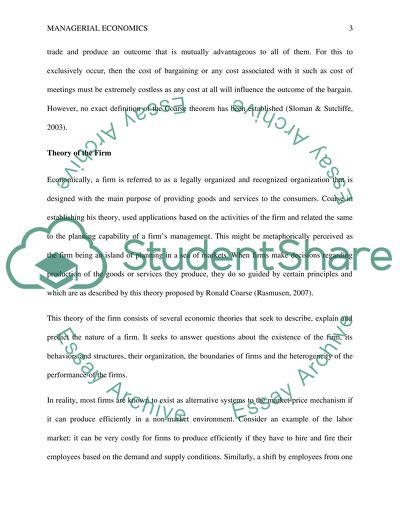Cite this document
(“Managerial Economics Essay Example | Topics and Well Written Essays - 2750 words”, n.d.)
Managerial Economics Essay Example | Topics and Well Written Essays - 2750 words. Retrieved from https://studentshare.org/macro-microeconomics/1471649-managerial-economics
Managerial Economics Essay Example | Topics and Well Written Essays - 2750 words. Retrieved from https://studentshare.org/macro-microeconomics/1471649-managerial-economics
(Managerial Economics Essay Example | Topics and Well Written Essays - 2750 Words)
Managerial Economics Essay Example | Topics and Well Written Essays - 2750 Words. https://studentshare.org/macro-microeconomics/1471649-managerial-economics.
Managerial Economics Essay Example | Topics and Well Written Essays - 2750 Words. https://studentshare.org/macro-microeconomics/1471649-managerial-economics.
“Managerial Economics Essay Example | Topics and Well Written Essays - 2750 Words”, n.d. https://studentshare.org/macro-microeconomics/1471649-managerial-economics.


